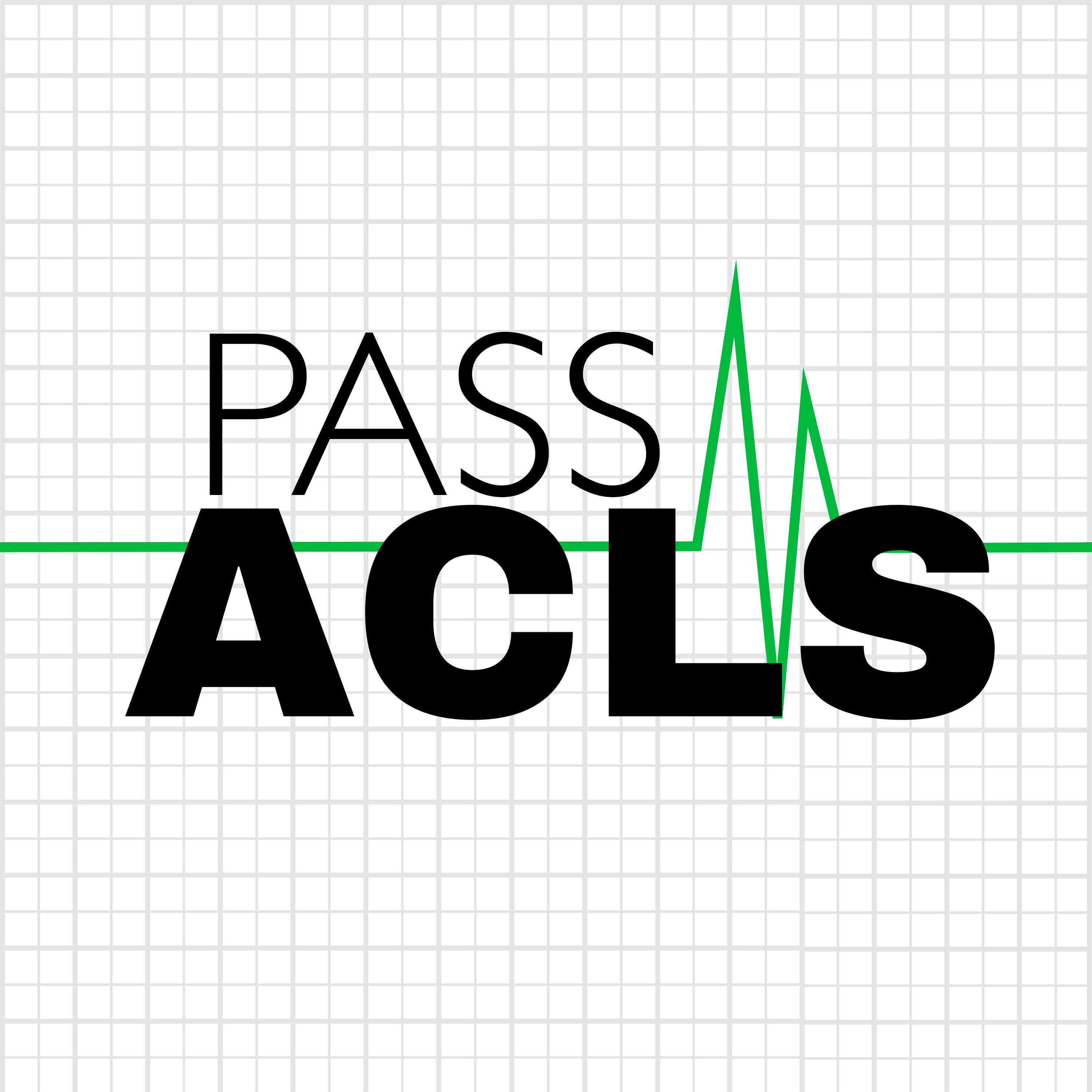Nasopharyngeal Airway (NPA) Review
Description
The tongue is the most common airway obstruction in an unconscious patient.
For patients with a decreased level of consciousness that can't control their airway, yet have an intact gag reflex, the nasopharyngeal airway (NPA) should be used as an alternative to the oropharyngeal airway (OPA).
Examples of when a NPA should be considered.
Contraindications and considerations for nasal airway insertion.
Measuring a nasal airway for appropriate length and diameter.
Insertion of a nasopharyngeal airway.
Patients with a NPA in place can receive supplemental O2, be ventilated with a BVM, have ETCO2 monitored, and have their upper airway suctioned as needed.
Connect with me:
Website: https://passacls.com
@PassACLS on X (formally known as Twitter)
@Pass-ACLS-Podcast on LinkedIn
Give back - buy Paul a bubble tea here
Good luck with your ACLS class!
More Episodes
The tongue is the most common airway obstruction in an unconscious patient.
Insertion an oropharyngeal airway helps keep the patient’s tongue from falling to the back of the pharynx, causing an airway obstruction.
The oropharyngeal airway is sometimes called an OPA or simply an oral airway....
Published 05/22/24
Published 05/22/24
Hypoxia is a state of low oxygen levels in the blood.
Determining hypoxia using a pulse oximeter or arterial blood gasses (ABGs).
A goal of ACLS is to recognize signs of hypoxia and provide timely treatment to prevent an arrest.
Examples of some things that might lead us to think of hypoxia...
Published 05/21/24


